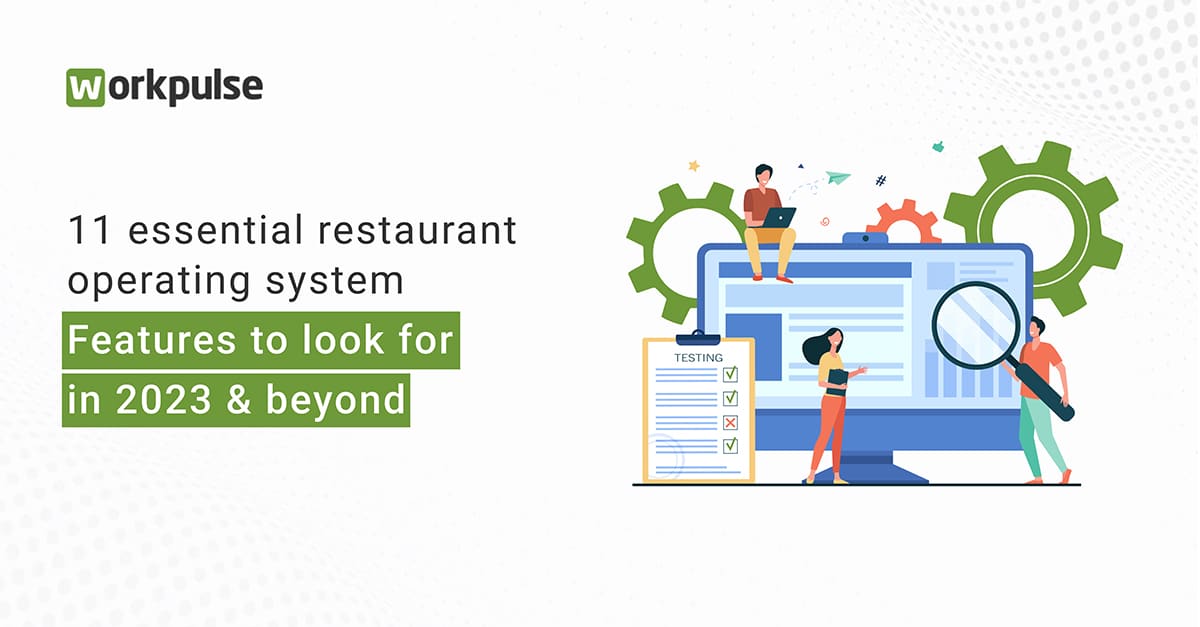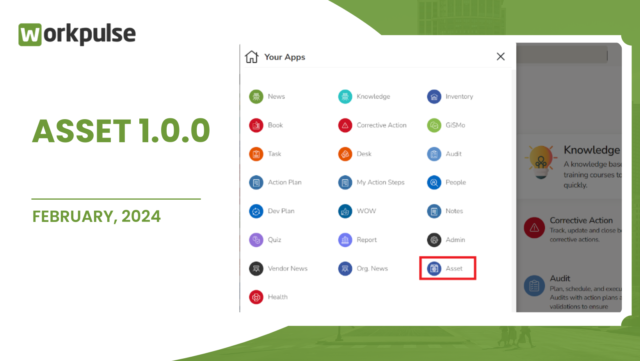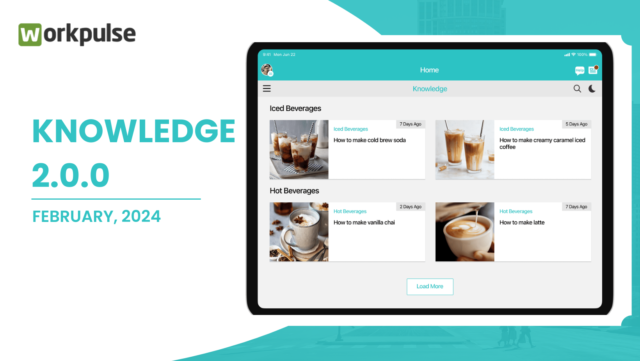What is a restaurant operating system?
A restaurant operating system refers to a comprehensive software solution that streamlines and automates various operational tasks and processes within a restaurant. It is designed to enhance efficiency, productivity, and profitability by centralizing and optimizing critical functions such as order management, inventory control, staff scheduling, reporting, and more. It serves as a digital platform that integrates multiple tools and features into a unified solution, enabling restaurant owners, managers, and staff to manage and monitor various aspects of their operations from a single interface. It provides real-time visibility, data analytics, and task management capabilities, empowering restaurant professionals to make informed decisions, streamline workflows, and improve overall performance.
11 must-have restaurant operating system features to consider
Ever wondered what keeps a restaurant buzzing with success? It’s not just about the lip-smacking food and a tantalizing menu. The real secret sauce lies in having a well-oiled machine running the show behind the scenes. Yup, we’re talking about restaurant operating systems, the unsung heroes that make everything run smoothly. Here we spill the beans on the must-have features you should be craving for in a top-notch restaurant operating system.
#1: Centralized communication and collaboration
A restaurant operating system serves as a centralized platform for communication and collaboration within the restaurant. It eliminates the need for multiple communication channels and enables team members to stay connected in real-time. Whether it’s sharing updates, discussing tasks, or seeking clarification, employees can easily communicate with each other, improving overall teamwork and productivity. The system ensures that everyone is on the same page, reducing miscommunication and fostering a collaborative work environment.
#2: Task management and workflow automation
One of the key advantages of a restaurant operating system is its ability to streamline task management and automate workflows. The system allows managers to assign tasks to specific team members, set deadlines, and track progress. Automated reminders and notifications keep employees informed about upcoming tasks, ensuring timely completion. With clear visibility into task statuses, managers can identify bottlenecks, make adjustments, and ensure that operations run smoothly. By automating routine tasks, such as inventory checks or cleaning schedules, the system frees up valuable time for staff to focus on more critical activities, enhancing efficiency and productivity.
#3: Automated notifications
With automated notifications, restaurant managers and staff can stay updated on important events, tasks, and changes within the establishment. For example, when a new task is assigned, such as inventory restocking or equipment maintenance, the system can automatically send a notification to the designated team member responsible for the task. This eliminates the need for manual communication and reduces the chances of tasks being overlooked or forgotten.
Moreover, automated notifications can be triggered based on predefined conditions or events. For instance, if a temperature issue is detected in a refrigerated area, such as a walk-in cooler, the system can send an immediate notification to the appropriate personnel, allowing them to take prompt action to resolve the problem and prevent any food safety risks.
Another valuable aspect of automated notifications is their ability to provide updates on customer feedback and complaints. When a complaint is registered, the system can send notifications to the relevant managers or staff members, enabling them to address the issue in a timely manner. This proactive approach helps to enhance customer satisfaction and prevent potential negative reviews or word-of-mouth.
#4: Customize and schedule audits
A robust restaurant operating system offers a valuable feature that allows businesses to customize and schedule audits based on their specific requirements. This feature enables restaurants to design audit templates tailored to their operations, incorporating the necessary checklists and evaluation criteria.
The ability to schedule audits in advance is another significant advantage provided by a restaurant operating system. Managers can set up recurring audit schedules based on desired frequencies, such as daily, weekly, monthly, or quarterly. This feature ensures that audits are conducted regularly, minimizing the risk of oversight and ensuring continuous compliance. Scheduling audits in advance also helps teams plan their resources and allocate sufficient time for thorough assessments. Additionally, it allows for seamless collaboration and visibility across different levels of the organization. Managers can assign audits to specific team members or departments, track the progress of each audit, and view real-time updates on audit completion. This transparency enables managers to identify areas of improvement, address any compliance issues promptly, and drive accountability throughout the organization.
#5: Make guest management agile
Agile guest management involves actively collecting and managing guest feedback and reviews. The system provides mechanisms for guests to provide feedback through various channels, such as mobile apps or online surveys. Restaurants can analyze this feedback to identify areas for improvement, address guest concerns, and take proactive measures to enhance the guest experience. A robust review management feature allows restaurants to monitor online reviews and respond promptly, demonstrating their commitment to guest satisfaction.
#6: Reporting and analytics to improve decision-making
Access to accurate and comprehensive reporting and analytics is vital for making informed business decisions. A restaurant operating system provides advanced reporting and analytics features that offer insights into key performance indicators (KPIs) and operational metrics. Managers can analyze sales trends, monitor labor costs, track inventory turnover, and evaluate the effectiveness of marketing campaigns. By leveraging data-driven insights, restaurants can identify areas of improvement, optimize operations, and make strategic decisions to drive growth and profitability.
#7: Employee scheduling and labor management
Efficiently managing employee schedules and labor costs is essential for maintaining optimal staffing levels and controlling expenses. A restaurant operating system simplifies employee scheduling by allowing managers to create schedules based on forecasted demand, employee availability, and labor laws. The system considers factors like labor costs and productivity targets, helping managers optimize staffing levels. Real-time visibility into labor costs allows for effective labor cost control and adherence to budgetary constraints. By streamlining scheduling and labor management, restaurants can improve employee satisfaction, minimize overtime costs, and maintain efficient operations.
#8: Compliance and regulatory management
Restaurants must adhere to various regulations and compliance requirements related to health and safety, food handling, and labor laws. A restaurant operating system helps ensure compliance by providing features that facilitate regulatory management. The system can include digital checklists and workflows for tasks such as food safety inspections, equipment maintenance, and employee training records. By digitizing compliance processes, restaurants can streamline operations, minimize risks, and maintain a safe and compliant environment.
#9: Training and performance management
Effective training and performance management are vital for employee development and productivity. A restaurant operating system offers features that support training initiatives, such as digital training modules, quizzes, and performance tracking. Managers can track employee progress, identify skill gaps, and provide targeted coaching to improve performance. The system also streamlines performance reviews, allowing managers to schedule and conduct regular evaluations, set performance goals, and provide feedback. By fostering a culture of continuous learning and development, restaurants can enhance employee skills, job satisfaction, and overall productivity.
#10: Mobile accessibility
In today’s fast-paced environment, mobile accessibility is essential for managing restaurant operations on the go. A restaurant operating system with mobile capabilities enables managers and staff to access critical information, perform tasks, and receive real-time notifications through mobile devices. Whether it’s checking inventory levels, communicating with team members, or reviewing sales reports, the system ensures that managers are always connected to their operations. Mobile accessibility improves responsiveness, facilitates quick decision-making, and enhances overall operational efficiency.
#11: View expense summary for maintenance tasks
This functionality provides restaurant managers and owners with a clear and detailed overview of the expenses associated with maintenance tasks, allowing for better cost control and informed decision-making. Managers can access a consolidated view of all maintenance-related expenses incurred within the restaurant. This includes costs associated with equipment repairs, facility upgrades, regular maintenance, and other related expenditures. By having a centralized expense summary, managers can easily track and monitor their maintenance budget, ensuring that costs remain within the allocated limits.
Master restaurant operations with Workpulse rOS
In conclusion, if you’re looking to master restaurant operations and take your establishment to new heights, look no further than Workpulse rOS. With its comprehensive set of features, including brand standards and food safety compliance, restaurant audit management, guest recovery and retention, and facilities and equipment maintenance, Workpulse rOS is the ultimate tool to streamline your operations, enhance productivity, and ensure a delightful experience for both your staff and customers.
By leveraging the power of Workpulse rOS, you can eliminate common operational challenges, improve efficiency, and achieve compliance with ease. The centralized platform, mobile accessibility, and real-time tracking capabilities enable seamless communication, collaboration, and performance management. The automated workflows, data-driven insights, and integrated goal setting empower you to make informed decisions and drive continuous improvement.
So, why settle for anything less when you can have the best? Schedule a demo with Workpulse rOS today and unlock the full potential of your restaurant. Master your operations, exceed customer expectations, and set a new standard of excellence in the industry. With Workpulse rOS by your side, success is within your reach.




